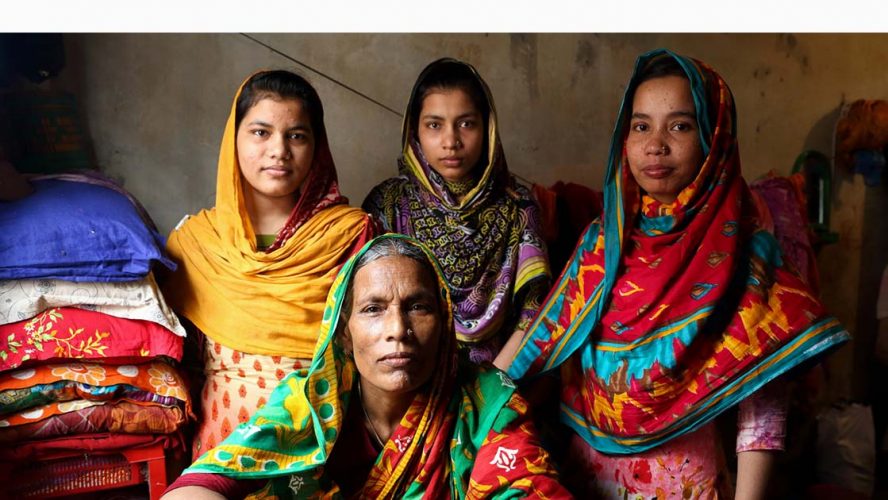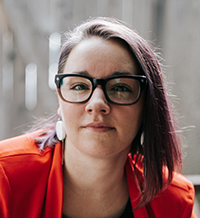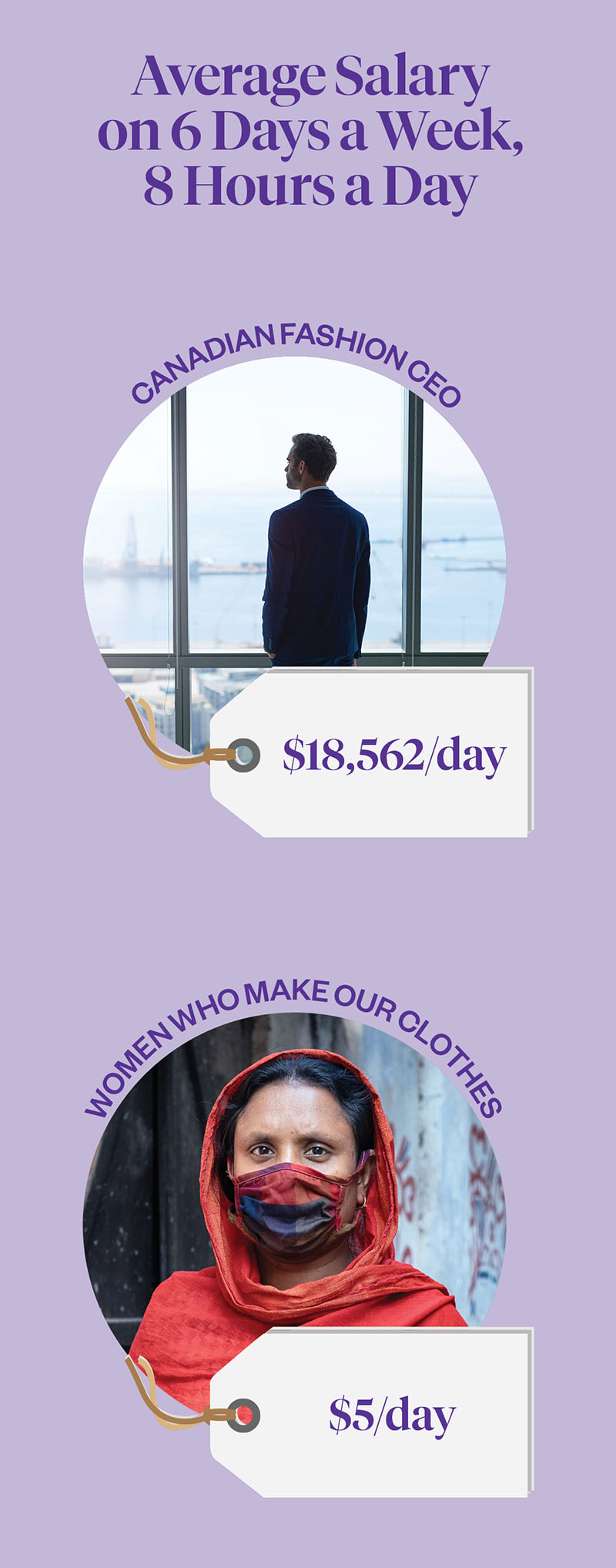Jennifer Jett and Stella Kim
HONG KONG — Why are South Koreans watching “Squid Game”? Because everyone else is.

The cast of “Squid Game” features some of South Korea’s biggest stars, including Lee Jung-jae as the protagonist, Seong Gi-hun, a hopelessly indebted father who receives a business card from a stranger offering him a way out. Along with 455 other contestants — from all walks of life but all deeply in debt too — he agrees to compete for a cash prize of 45.6 billion won (about $38 million) by playing a series of traditional Korean children’s games, only to discover that elimination from each round means death.



HONG KONG — Why are South Koreans watching “Squid Game”? Because everyone else is.

© Provided by NBC News
The nine-episode horror series on Netflix has hit No. 1 in 90 of the streaming service’s markets around the world, including South Korea, where it was made.
“I got to the point where I could not hold a conversation without watching the show,” said Jung Dunn, a security analyst in Seoul, the South Korean capital.
But the show also strikes a nerve because it unflinchingly addresses a problem that is particularly entrenched in South Korea: debt and the never-ending struggle to pay it off.
The nine-episode horror series on Netflix has hit No. 1 in 90 of the streaming service’s markets around the world, including South Korea, where it was made.
“I got to the point where I could not hold a conversation without watching the show,” said Jung Dunn, a security analyst in Seoul, the South Korean capital.
But the show also strikes a nerve because it unflinchingly addresses a problem that is particularly entrenched in South Korea: debt and the never-ending struggle to pay it off.
The cast of “Squid Game” features some of South Korea’s biggest stars, including Lee Jung-jae as the protagonist, Seong Gi-hun, a hopelessly indebted father who receives a business card from a stranger offering him a way out. Along with 455 other contestants — from all walks of life but all deeply in debt too — he agrees to compete for a cash prize of 45.6 billion won (about $38 million) by playing a series of traditional Korean children’s games, only to discover that elimination from each round means death.

© Youngkyu Park
A card with a phone number on one side is given to the game's 456 participants
“There’s this dissonance between Korean pride that this Korean show is dominating Netflix all around the world, and the discomfort with what the show appears to expose about Korea,” said CedarBough Saeji, an assistant professor of Korean and East Asian studies at Pusan National University in Busan, South Korea. “Koreans love to be No. 1, but No. 1 at the cost of kind of airing your dirty laundry is a somewhat different thing.”
That South Korea also produced “Parasite,” the 2020 Oscar winner for best picture that also focused on themes of inequality, has probably accentuated this discomfort, Saeji said.
Still, “Squid Game” is wildly popular in its home country.
The show was released on Sept. 17 just before Chuseok, a Korean holiday similar to Thanksgiving when families gather, the perfect time for binge-watching. The surge in network traffic led one internet service provider to sue Netflix to cover its costs.
The fervor has also spilled over into real life. A street vendor in Seoul who provided the makers of “Squid Game” with dalgona, a brittle sugar candy at the center of one of the games, told Reuters that he had seen a boom in business
“There’s this dissonance between Korean pride that this Korean show is dominating Netflix all around the world, and the discomfort with what the show appears to expose about Korea,” said CedarBough Saeji, an assistant professor of Korean and East Asian studies at Pusan National University in Busan, South Korea. “Koreans love to be No. 1, but No. 1 at the cost of kind of airing your dirty laundry is a somewhat different thing.”
That South Korea also produced “Parasite,” the 2020 Oscar winner for best picture that also focused on themes of inequality, has probably accentuated this discomfort, Saeji said.
Still, “Squid Game” is wildly popular in its home country.
The show was released on Sept. 17 just before Chuseok, a Korean holiday similar to Thanksgiving when families gather, the perfect time for binge-watching. The surge in network traffic led one internet service provider to sue Netflix to cover its costs.
The fervor has also spilled over into real life. A street vendor in Seoul who provided the makers of “Squid Game” with dalgona, a brittle sugar candy at the center of one of the games, told Reuters that he had seen a boom in business
.

© Youngkyu Park One of the games in Squid Game
Thousands of curious South Koreans also tried the eight-digit phone number that appears on the business card, which the show’s makers didn’t realize would reach an actual person. The owner of the number, and even people with similar numbers, have been inundated with calls and messages at all hours.
On Wednesday, Netflix said it was working with the show’s local production company to address the issue, including editing scenes to remove the number.
Park Sae-ha, a senior studying economics at Yonsei University in Seoul, said “Squid Game” was “spell-binding because it was so explicit and blunt.”
“Although I am young, I could easily relate to the hard reality of a very competitive society,” she said.
That intense competitiveness may be one reason South Korea has been so successful, with a period of rapid industrialization starting in the 1960s that turned it into the world’s 10th-largest economy. But as in many other countries, a university degree and a white-collar job don’t guarantee the financial security they used to, Saeji said. With an average income of about $42,000 a year, many Koreans now find they have to borrow to keep up.
Fueled by low interest rates, household debt in South Korea has grown significantly in recent years, and is now equal to the country’s annual GDP. (In the U.S., by contrast, household debt is about 80 percent of GDP.) People may rack up debt because of credit card spending, unemployment or gambling losses, but a large chunk of it is tied to real estate.
Housing prices have been rising fast, especially under President Moon Jae-in, and the average price of an apartment in Seoul is nearing $1 million. Lending curbs and efforts to cool the housing market have done little to rein in household borrowing. In addition to housing, some Koreans, especially young people, borrow money to invest in cryptocurrency.
Thousands of curious South Koreans also tried the eight-digit phone number that appears on the business card, which the show’s makers didn’t realize would reach an actual person. The owner of the number, and even people with similar numbers, have been inundated with calls and messages at all hours.
On Wednesday, Netflix said it was working with the show’s local production company to address the issue, including editing scenes to remove the number.
Park Sae-ha, a senior studying economics at Yonsei University in Seoul, said “Squid Game” was “spell-binding because it was so explicit and blunt.”
“Although I am young, I could easily relate to the hard reality of a very competitive society,” she said.
That intense competitiveness may be one reason South Korea has been so successful, with a period of rapid industrialization starting in the 1960s that turned it into the world’s 10th-largest economy. But as in many other countries, a university degree and a white-collar job don’t guarantee the financial security they used to, Saeji said. With an average income of about $42,000 a year, many Koreans now find they have to borrow to keep up.
Fueled by low interest rates, household debt in South Korea has grown significantly in recent years, and is now equal to the country’s annual GDP. (In the U.S., by contrast, household debt is about 80 percent of GDP.) People may rack up debt because of credit card spending, unemployment or gambling losses, but a large chunk of it is tied to real estate.
Housing prices have been rising fast, especially under President Moon Jae-in, and the average price of an apartment in Seoul is nearing $1 million. Lending curbs and efforts to cool the housing market have done little to rein in household borrowing. In addition to housing, some Koreans, especially young people, borrow money to invest in cryptocurrency.

© SeongJoon Cho People look at a city skyline from an observation deck of Woomyeon mountain at dusk in Seoul, South Korea, on July 9, 2020. (SeongJoon Cho / Bloomberg via Getty Images file)
Many Koreans start out by borrowing from legitimate financial institutions like banks, said Koo Se-Woong, a commentator on Korean culture based in Germany. When that avenue is exhausted, they may move on to second-tier lenders that charge higher interest.
In the worst-case scenarios, he said, borrowers turn to loan shark operations that can charge triple-digit interest rates, “and then you are pushed into situations from which you really cannot get out.”
According to some estimates, there are 400,000 Koreans in debt to loan sharks.
“When you look at the characters in the show who are participating in this game, they represent that demographic of the Koreans who are in the worst possible situation because of their personal debt,” Koo said.
In a recent widely shared Facebook post, Koo said he was shocked when a friend told him he was living paycheck to paycheck, despite having a good job.
The friend “doesn't strike anyone as extravagant,” Koo said, but struggles to afford the trappings of middle-class life: an apartment, a car and occasional travel with his wife and children.
"It's all paid for by loans, I am telling you," Koo said his friend told him. "We just have no money."
Jung, the security analyst, said the plot of “Squid Game” was easy to accept because “it dealt with such familiar stories of debt-ridden people you come across in real life.”
Many Koreans start out by borrowing from legitimate financial institutions like banks, said Koo Se-Woong, a commentator on Korean culture based in Germany. When that avenue is exhausted, they may move on to second-tier lenders that charge higher interest.
In the worst-case scenarios, he said, borrowers turn to loan shark operations that can charge triple-digit interest rates, “and then you are pushed into situations from which you really cannot get out.”
According to some estimates, there are 400,000 Koreans in debt to loan sharks.
“When you look at the characters in the show who are participating in this game, they represent that demographic of the Koreans who are in the worst possible situation because of their personal debt,” Koo said.
In a recent widely shared Facebook post, Koo said he was shocked when a friend told him he was living paycheck to paycheck, despite having a good job.
The friend “doesn't strike anyone as extravagant,” Koo said, but struggles to afford the trappings of middle-class life: an apartment, a car and occasional travel with his wife and children.
"It's all paid for by loans, I am telling you," Koo said his friend told him. "We just have no money."
Jung, the security analyst, said the plot of “Squid Game” was easy to accept because “it dealt with such familiar stories of debt-ridden people you come across in real life.”

© Youngkyu Park A scene from Netflix's Squid Game
“The story stems from a deeply rooted perception of how society looks at failure, especially individual financial failure,” he said.
Bankruptcy in South Korea is generally seen not as a chance to start over but as a devastating fate. That is underlined in “Squid Game,” Saeji said, when contestants are given the option to leave but choose to keep playing even at the risk of their lives.
“In the regular world it’s not just the death of their body, it’s the death of their pride. It’s the shame of having to be such an unsuccessful person in front of your family,” she said.
Viewers in South Korea say the show is all the more disturbing because it injects death and violence into playground games like Red Light, Green Light and tug of war.
The show plays on childhood nostalgia “and along with it the innocent times when you had no problems,” said Kim Hern-sik, a pop culture critic in Seoul. “Yet the story tells you that escaping from reality is not the answer.”
“Squid Game” is “fundamentally a Korean story, featuring games people would remember playing as kids,” Don Kang, vice president of Korean content at Netflix, told NBC News in an email. “So we knew it would resonate with our members here.”
“The story stems from a deeply rooted perception of how society looks at failure, especially individual financial failure,” he said.
Bankruptcy in South Korea is generally seen not as a chance to start over but as a devastating fate. That is underlined in “Squid Game,” Saeji said, when contestants are given the option to leave but choose to keep playing even at the risk of their lives.
“In the regular world it’s not just the death of their body, it’s the death of their pride. It’s the shame of having to be such an unsuccessful person in front of your family,” she said.
Viewers in South Korea say the show is all the more disturbing because it injects death and violence into playground games like Red Light, Green Light and tug of war.
The show plays on childhood nostalgia “and along with it the innocent times when you had no problems,” said Kim Hern-sik, a pop culture critic in Seoul. “Yet the story tells you that escaping from reality is not the answer.”
“Squid Game” is “fundamentally a Korean story, featuring games people would remember playing as kids,” Don Kang, vice president of Korean content at Netflix, told NBC News in an email. “So we knew it would resonate with our members here.”

© Netflix The doll acts as the person who is in the game
Its popularity in the West came as more of a surprise. But Korean cultural exports have been sweeping Asia for years, and Netflix was already betting on their growing appeal. The company is spending $500 million this year on Korean content, almost as much as it spent in the last five years.
Saeji said that after decades of Western cultural influence, the success of “Squid Game” shows that South Korea can make a TV show with a Hollywood feel “and they can do it better.”
While “Squid Game” is not the first story about a fight to the death, director Hwang Dong-hyuk, who has a film degree from the University of Southern California, made it influential in his own way, said Oh Dong-jin, a prominent film critic in South Korea.
“Every movie borrows this and that from other movies. What matters, therefore, is how creatively you can borrow from different references,” he said. “So, even from this standpoint, the traditional children’s games the show uses make 'Squid Game' quite original.”
Margie Kim, a housewife in Seoul who is watching “Squid Game” with her family, said that while she enjoyed its intensity and pop-art-influenced visuals, the underlying messages were also important.
“I do feel the pain of what our society is going through,” she said. The show deals with so many pressing issues, she said—income inequality, youth unemployment, a rapidly aging society—that it’s something her entire family can relate to and talk about.
“So many middle-class, ordinary people live with so much debt,” she said. “I could totally empathize with people who joined the game.”
Jennifer Jett reported from Hong Kong, and Stella Kim reported from Los Angeles.
Its popularity in the West came as more of a surprise. But Korean cultural exports have been sweeping Asia for years, and Netflix was already betting on their growing appeal. The company is spending $500 million this year on Korean content, almost as much as it spent in the last five years.
Saeji said that after decades of Western cultural influence, the success of “Squid Game” shows that South Korea can make a TV show with a Hollywood feel “and they can do it better.”
While “Squid Game” is not the first story about a fight to the death, director Hwang Dong-hyuk, who has a film degree from the University of Southern California, made it influential in his own way, said Oh Dong-jin, a prominent film critic in South Korea.
“Every movie borrows this and that from other movies. What matters, therefore, is how creatively you can borrow from different references,” he said. “So, even from this standpoint, the traditional children’s games the show uses make 'Squid Game' quite original.”
Margie Kim, a housewife in Seoul who is watching “Squid Game” with her family, said that while she enjoyed its intensity and pop-art-influenced visuals, the underlying messages were also important.
“I do feel the pain of what our society is going through,” she said. The show deals with so many pressing issues, she said—income inequality, youth unemployment, a rapidly aging society—that it’s something her entire family can relate to and talk about.
“So many middle-class, ordinary people live with so much debt,” she said. “I could totally empathize with people who joined the game.”
Jennifer Jett reported from Hong Kong, and Stella Kim reported from Los Angeles.




























